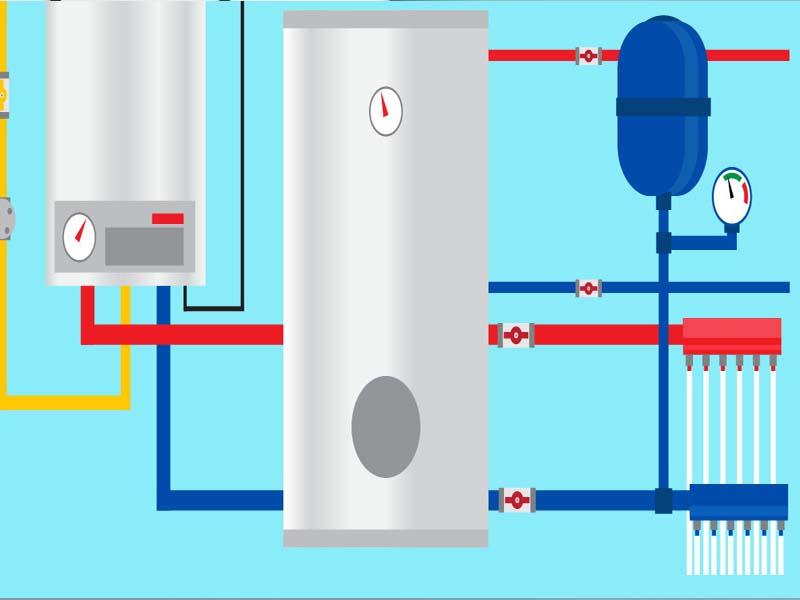How do central heating radiators work?
Click:257 / Publish:2023-05-28 12:47
Central heating radiators are a key component of a central heating system, which is designed to heat multiple rooms or an entire building. Here's a simplified explanation of how central heating radiators work:
Heat Source: The central heating system typically uses a boiler, heat pump, or a similar device as the heat source. This heat source generates hot water or steam to provide heat for the building.

Distribution: The hot water or steam produced by the heat source is then distributed throughout the building via a network of pipes. These pipes are connected to the heat source and run to each room or area where radiators are installed.
Radiator design: Central heating radiators are designed to efficiently transfer heat from the circulating hot water or steam to the surrounding air in a room. They are usually made of metal, such as steel or aluminum, which is a good conductor of heat.
Heat Transfer: The hot water or steam flows into the radiator through an inlet pipe and passes through a series of interconnected fins or tubes within the radiator. As the hot water or steam flows through these fins or tubes, it releases heat, which is then radiated into the room.
Convective Heat Transfer: As the air in the room comes into contact with the hot radiator surface, it absorbs the heat radiated by the radiator. This warm air rises, creating a convection current that circulates the heated air around the room.
Thermostat and Controls: The central heating system is typically equipped with a thermostat, which measures the temperature in the room. When the desired temperature is reached, the thermostat signals the heat source to stop or reduce the flow of hot water or steam to the radiators, maintaining a comfortable temperature.
Balancing and Zoning: To ensure an even distribution of heat throughout the building, the central heating system may incorporate balancing valves that regulate the flow of hot water or steam to individual radiators. Additionally, zoning valves or thermostatic radiator valves (TRVs) can be installed to control the heat output of each radiator independently, allowing for customized temperature settings in different rooms.
By utilizing this process, central heating radiators effectively transfer heat from the circulating hot water or steam to warm up the rooms in a building. The controlled distribution and regulation of heat ensure a comfortable and energy-efficient heating system for residential and commercial spaces alike.



